Selecting high-quality pork intestines, commonly known as pig’s large intestines or chitterlings in some cultures, can be a daunting task for both seasoned chefs and home cooks alike. This versatile ingredient, often featured in a myriad of culinary traditions worldwide, demands careful consideration to ensure it is fresh, clean, and suitable for cooking. From understanding the different types of pork intestines to inspecting for freshness and quality, this comprehensive guide will equip you with the knowledge necessary to make informed choices when purchasing this unique ingredient.
Understanding the Types of Pork Intestines
Before diving into the selection process, it’s crucial to familiarize yourself with the various types of pork intestines available. Generally, pork intestines are categorized based on their diameter and the section of the digestive tract they originate from:
-
Large Intestines (Chitterlings): These are the widest and thickest portion, often used in stews, soups, and fried dishes. They require thorough cleaning and have a stronger flavor profile.
-
Small Intestines: Narrower and thinner, small intestines are less commonly used in culinary preparations due to their delicate texture and the challenge associated with cleaning them thoroughly.
-
Tripe (Stomach Lining): While not traditionally classified as intestines, tripe is another popular offal product derived from the stomach of the pig. It has a distinct texture and flavor, often used in stews and soups.
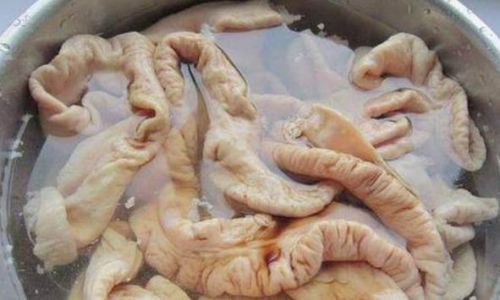
For the purpose of this guide, we will focus primarily on selecting large intestines, as they are the most widely used and versatile.
The Importance of Freshness
Freshness is paramount when selecting pork intestines. Stale or improperly stored intestines can harbor bacteria, leading to food poisoning or an unpleasant taste and texture in your final dish. Here are some key indicators of freshness:
-
Color: Fresh pork intestines should have a pinkish-white hue, with no dark spots or discoloration. Avoid intestines that have a grayish or yellowish appearance, as this may indicate spoilage.
-
Odor: Fresh intestines should have a mild, earthy smell. If they emit a strong, unpleasant odor, it’s a sign that they are past their prime.
-
Texture: The surface should be smooth and slightly tacky, without any sliminess or stickiness. Dry or cracked intestines are a red flag.
Sourcing Your Pork Intestines
Where you source your pork intestines can significantly impact their quality. Here are some reliable options:
-
Local Butcher Shops: Butcher shops are often the best place to find high-quality pork intestines. They typically source their meat from local farms, ensuring freshness and traceability. Butchers are also knowledgeable about their products and can provide insights into the best selection practices.
-
Farmers’ Markets: Farmers’ markets are another excellent source for fresh, locally-raised pork intestines. You can often find vendors who specialize in offal products, allowing you to ask questions and inspect the product closely before purchasing.
-
Supermarkets: Larger supermarkets, especially those with a focus on organic or locally-sourced products, may also carry pork intestines. However, selection may be limited, and the product may not be as fresh as those from butcher shops or farmers’ markets.
-
Online Retailers: For those who live in areas with limited access to fresh pork intestines, online retailers can be a viable option. Look for reputable sellers with a good track record of delivering fresh, high-quality products. Be mindful of shipping times and conditions to ensure the intestines arrive in good condition.
Inspecting the Pork Intestines
Once you’ve identified a reliable source, it’s time to inspect the pork intestines closely. Here’s a step-by-step guide to ensure you’re selecting the best quality:
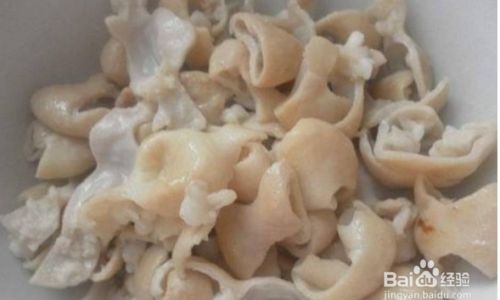
-
Visual Inspection: As mentioned earlier, look for a pinkish-white hue with no dark spots or discoloration. The intestines should be uniform in color and texture.
-
Smell Test: Take a close sniff. Fresh intestines should have a mild, earthy aroma. Any strong, unpleasant odors are a sign to move on.
-
Touch Test: Feel the surface of the intestines. They should be smooth and slightly tacky, not slimy or sticky. Check for any cracks or dry patches, which can indicate dehydration or improper handling.
-
Check for Fat Content: Pork intestines often come with a layer of fat attached. While some fat is desirable for flavor and texture, too much can make cleaning and cooking more challenging. Look for intestines with a moderate amount of fat that is evenly distributed.
-
Ask Questions: Don’t hesitate to ask the vendor or butcher about the sourcing, handling, and storage of the pork intestines. Their insights can provide valuable information that may not be immediately apparent from visual inspection.
Cleaning and Preparation
Cleaning pork intestines is a crucial step in preparing them for cooking. While some vendors may offer pre-cleaned intestines, it’s often best to clean them yourself to ensure they are free of any impurities or off-flavors. Here’s a basic guide to cleaning pork intestines:
-
Rinse Under Cold Water: Start by rinsing the intestines under cold running water to remove any surface dirt or debris.
-
Turn and Clean the Inside: Use a pair of tongs or a specialized tool to turn the intestines inside out. This allows you to access and clean the inner lining more effectively.
-
Scrubbing: Use a soft brush or your fingers to gently scrub the inside and outside of the intestines. Be careful not to tear the tissue.
-
Rinse Again: Rinse thoroughly under cold water to remove any remaining debris or cleaning agents.
-
Inspect for Residual Fat: Remove any excess fat or membranes that may still be attached.
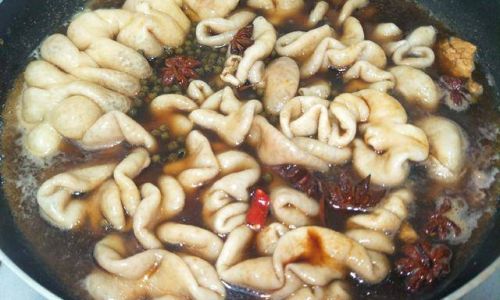
-
Soak (Optional): Some recipes recommend soaking the intestines in a solution of vinegar, lemon juice, or saltwater to further cleanse and tenderize them. Follow the recipe instructions for specific soaking times and methods.
Cooking Tips
Once your pork intestines are cleaned and ready to go, here are some tips for cooking them to perfection:
-
Slow Cooking: Pork intestines are best cooked slowly over low heat. This allows them to become tender and flavorful without drying out.
-
Seasoning: Use robust spices and flavors to complement the earthy taste of the intestines. Garlic, onions, bay leaves, and paprika are all excellent choices.
-
Moisture: Keep the cooking process moist by using plenty of liquid, such as broth, stock, or beer. This helps to keep the intestines tender and prevents them from sticking to the pan.
-
Monitoring: Keep a close eye on the cooking process, stirring occasionally to prevent sticking and ensure even cooking.
-
Doneness: Pork intestines are done when they are tender and have absorbed the flavors of the cooking liquid. They should not be overcooked, as this can lead to a mushy texture.
Conclusion
Selecting high-quality pork intestines may seem like a daunting task, but with the right knowledge and techniques, it can be a rewarding experience. By understanding the different types of intestines, sourcing from reputable vendors, inspecting for freshness, and properly cleaning and preparing them, you can enjoy delicious, tender pork intestines that are sure to impress even the most discerning palate. Whether you’re incorporating them into a traditional recipe or experimenting with new culinary creations, the key to success lies in starting with the best ingredients possible. Happy cooking!
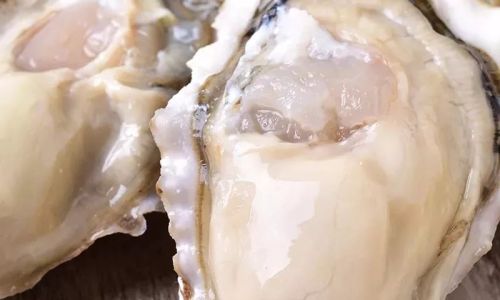
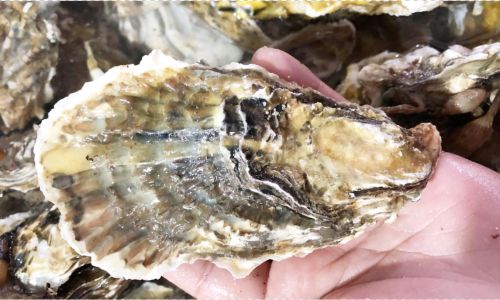


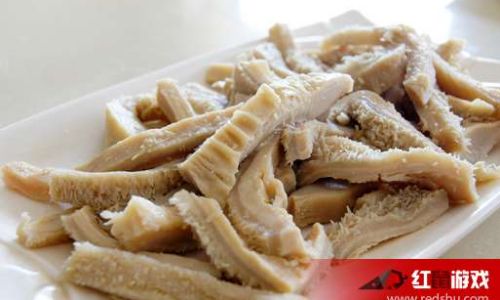
0 comments